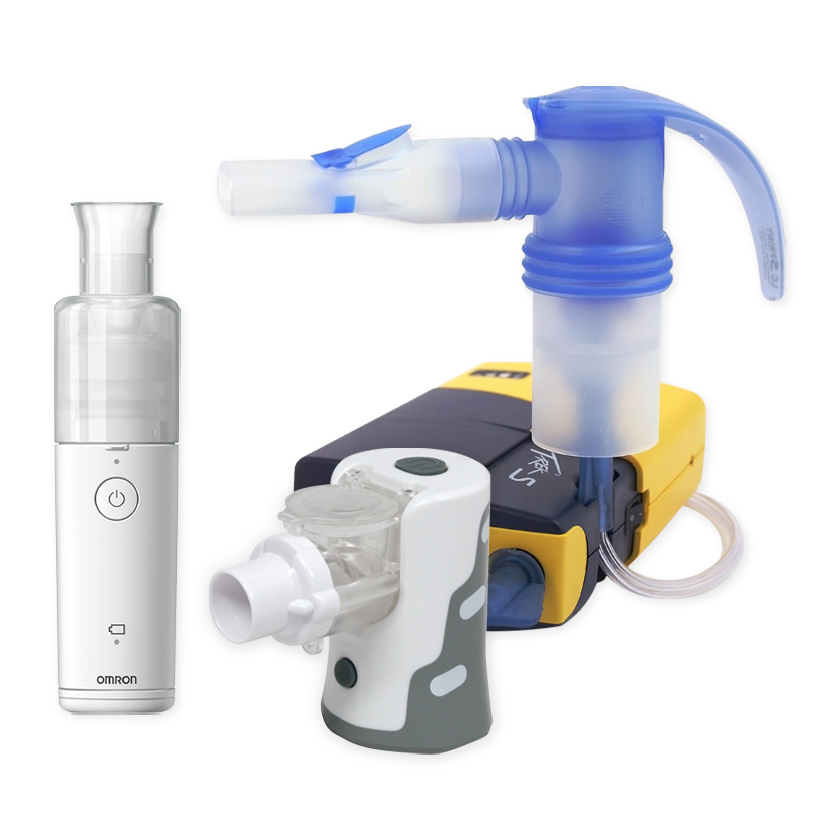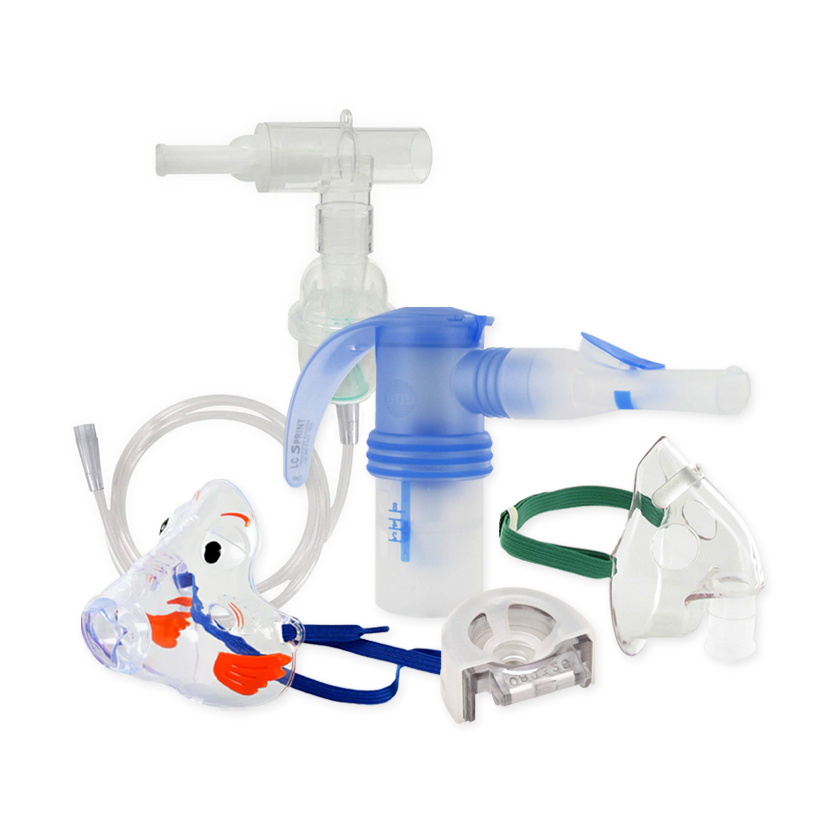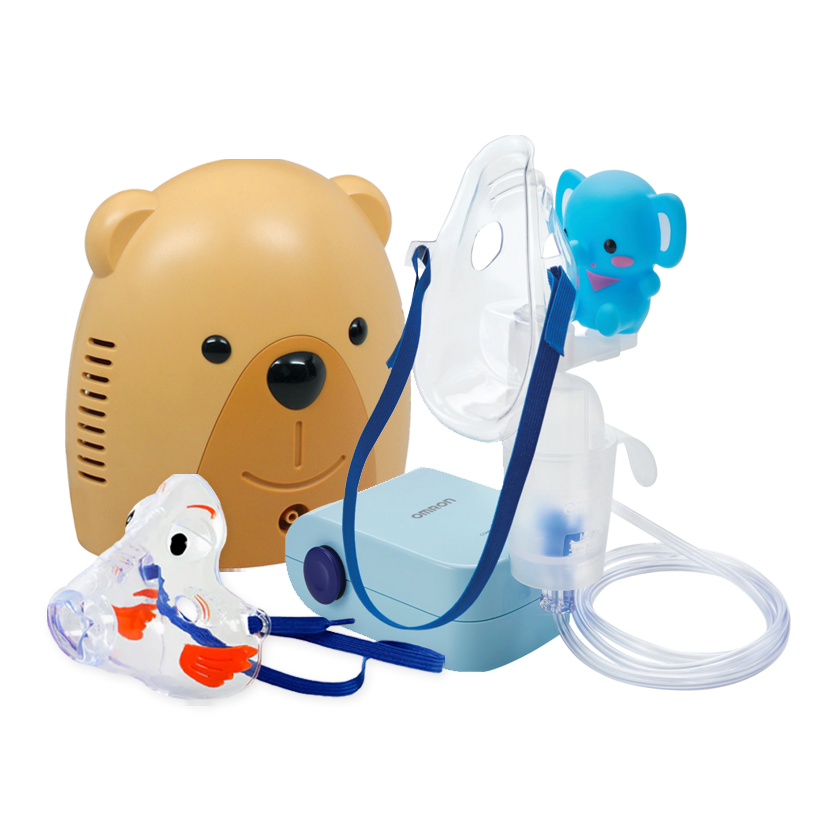Your Cart is Empty
Free Shipping on all orders over $75!
Menu

Free Shipping on all orders over $75!
Nebulizer Systems
Travel Nebulizers
Nebulizer Accessories
Just For Kids
Oxygen Supplies
University Creates Virtual Bacteria to Study Cystic Fibrosis Infections
May 02, 2014 1 min read
Not much is known about Burkholderia cenocepacia or Burkholderia multivorans-- two genetically similar bacteria which prey upon those with cystic fibrosis. Both are highly contagious, difficult to kill, and have become resistant to numerous drugs. And recently, both have been turned into virtual models by researchers at the University of Virginia’s School of Medicine.
One of the reasons the Burkholderia bacteria are so dangerous is that they’re great at adapting. “These bugs have a lot of natural antibiotic resistance mechanisms-- you give some antibiotics and the bug adapts and rewires its network in order to evade that drug,” said Dr. Jason Papin, University of Virginia researcher. But by using virtual models, Papin and other scientists can better predict how the Burkholderia bacteria will respond to new treatments. Once a treatment likely to succeed has been identified, the scientists will then test it in the lab with real bacteria.
Of course, the models don’t always predict things correctly. But even their incorrect predictions are useful, according to Papin. “When they’re wrong… that helps point to aspects of the biology we don’t understand, which helps to generate new hypotheses, new ideas that can be tested.”
Virtual models are becoming more and more common in medical research. They may not have all the answers, but they greatly streamline the process of finding treatments and cures by pointing scientists toward the most productive areas of research. Hopefully, these efforts will soon provide new treatments for those facing cystic fibrosis and other conditions.
Subscribe
Sign up to get the latest on sales, new releases and more …

NEW CUSTOMERS SAVE $5 OFF YOUR FIRST PURCHASE OF $20 OR MORE
Code will be sent to email entered if applicable
SIGN UP FOR FUTURE SALES, NEW PRODUCTS AND ANNOUNCEMENTS
{"themeColor":"#061f77","iconColor":"#061f77","showLogo":true,"topBottomPosition":0,"rightLeftPosition":5,"iconSize":"large","iconCustomSize":64,"position":"middle-right"}



